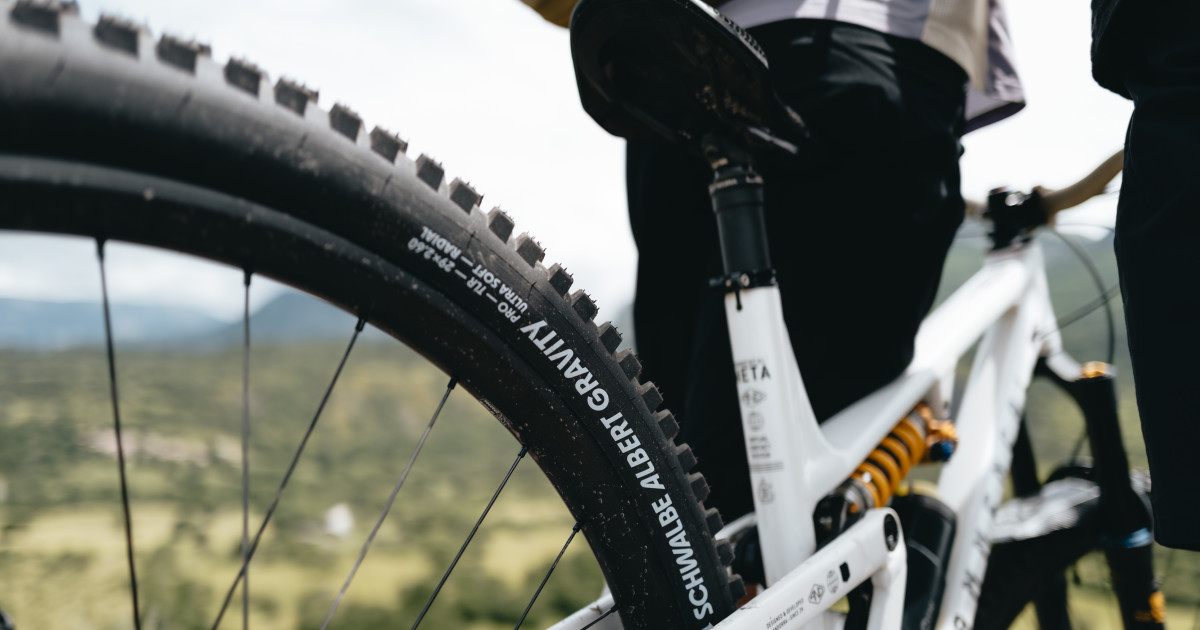
"After all, they are the only part of your bike that actually touches the trails you ride, yet most riders treat tires and their setup like an afterthought. Between knob patterns, pressures and casings, it can get confusing quickly for beginners and experienced riders alike, but with the right combination of pressure, casing, and compound, you can completely transform how your bike corners, climbs, and brakes."
"Pressure is one of the single biggest factors in how your bike feels - and is also probably the number one thing riders get wrong. Too high and the bike feels skittery and harsh. Too low and the tire folds, burps, or rolls. Tire pressure is a key factor in things like cornering grip and rolling resistance, so like it or not, a few psi can sometimes be the difference between a fun ride and a brutal one."
"General starting points: Trail / All-Mountain: 20-26 psi front, 22-30 psi rear Enduro / DH: 18-24 psi front, 20-28 psi rear While these are general recommendations they will almost certainly vary rider to rider and trail to trail. Lighter riders can run lower pressures, where as heavier riders and more rugged terrain (say trails with lots of sharp rocks) generally require a little bit more pressure."
Tires determine the bike's contact with terrain and strongly influence handling, grip, rolling resistance, and puncture susceptibility. Knob pattern, casing, compound, and pressure interact to affect cornering, climbing, and braking. Pressure too high makes the bike skittery and harsh; too low leads to folding, burping, or rolling. Typical starting pressures: Trail/All-Mountain 20–26 psi front, 22–30 psi rear; Enduro/DH 18–24 psi front, 20–28 psi rear. Lighter riders can run lower pressures; heavier riders or sharp-rock terrain need higher pressures or beefier casings. Fine-tune by adjusting 1–2 psi for corner nervousness, rim impacts, or rear squirm.
Read at BikeMag
Unable to calculate read time
Collection
[
|
...
]